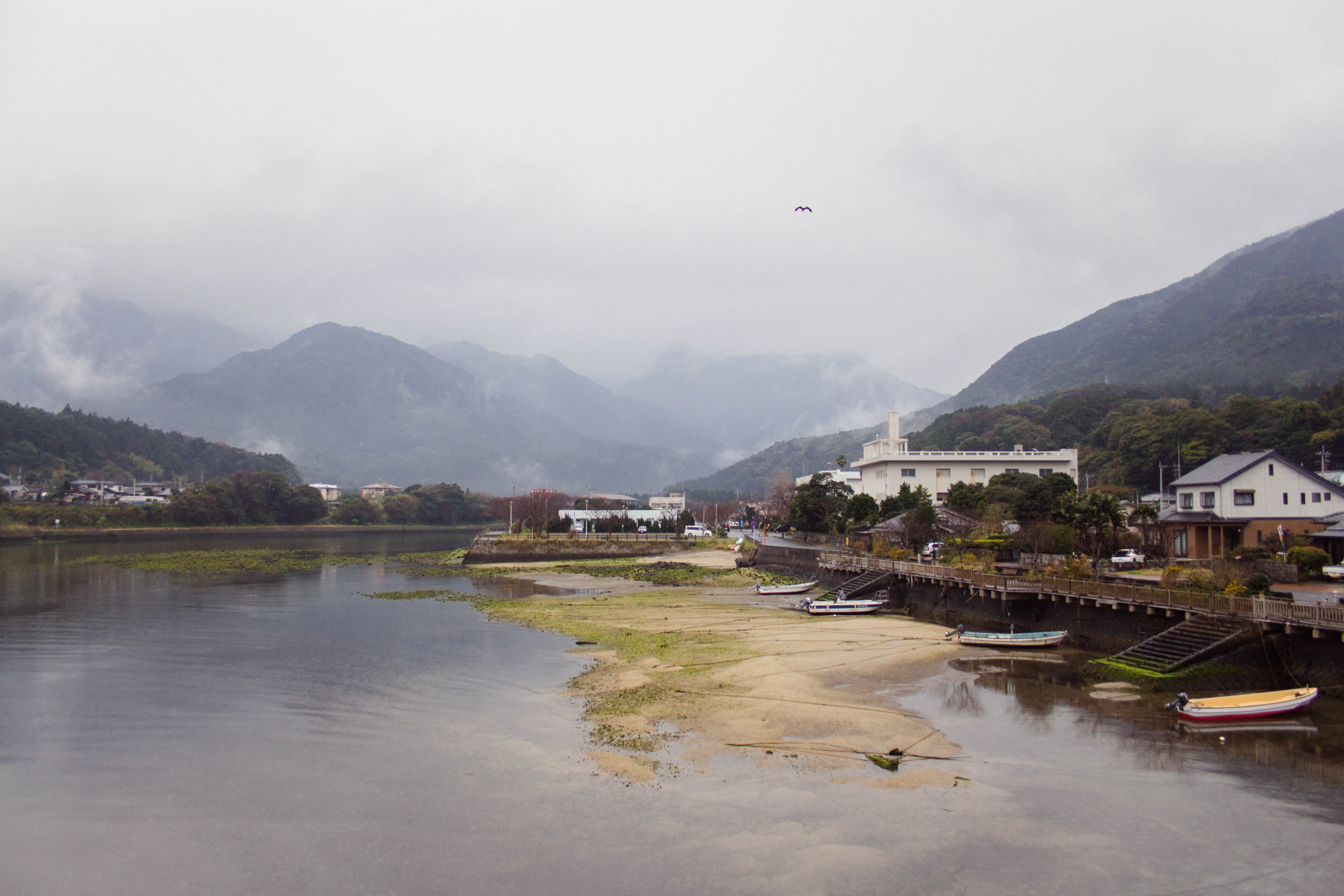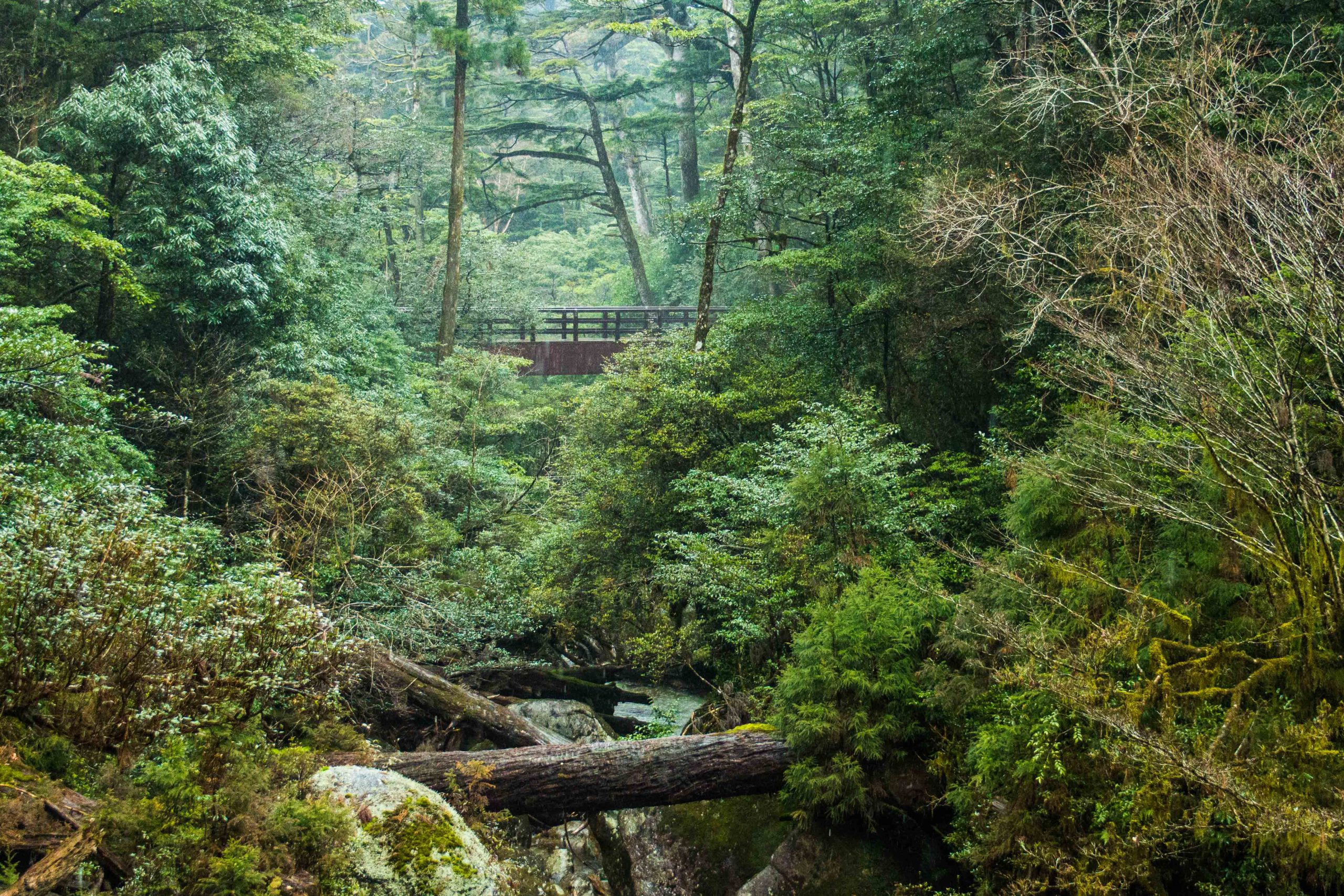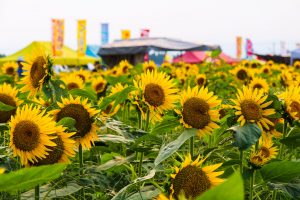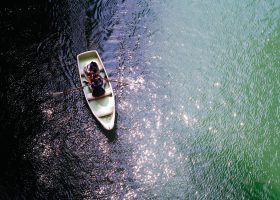I watched the many peaks of Yakushima expand in stop motion as our Jetfoil powered towards the island. The high-speed ferry is the quickest and most expensive way to get there by sea, but I was glad we had forked out the extra yen; it was only 10:28 a.m., the sun was shining, and we had almost a whole day left to get our bearings and start exploring the place that inspired Hayao Miyazaki’s Princess Mononoke.
Truth be told, I’ve never seen the acclaimed Studio Ghibli film. “I’ll watch it after we get back,” I assured Austin. But a love for the Japanese anime, I soon discovered, is hardly a prerequisite for enjoying the island. With its impressive peaks, 1,000-year old yakusugi trees, cascading waterfalls and pristine coastlines, Yakushima is one of the most beautiful places you could imagine.
The round-shaped, subtropical island, which politically belongs to Kagoshima prefecture, is located approximately 60 km (32 nmi) off the southernmost tip of Kyushu where the Earth’s palearctic and indomalayan ecozones meet.

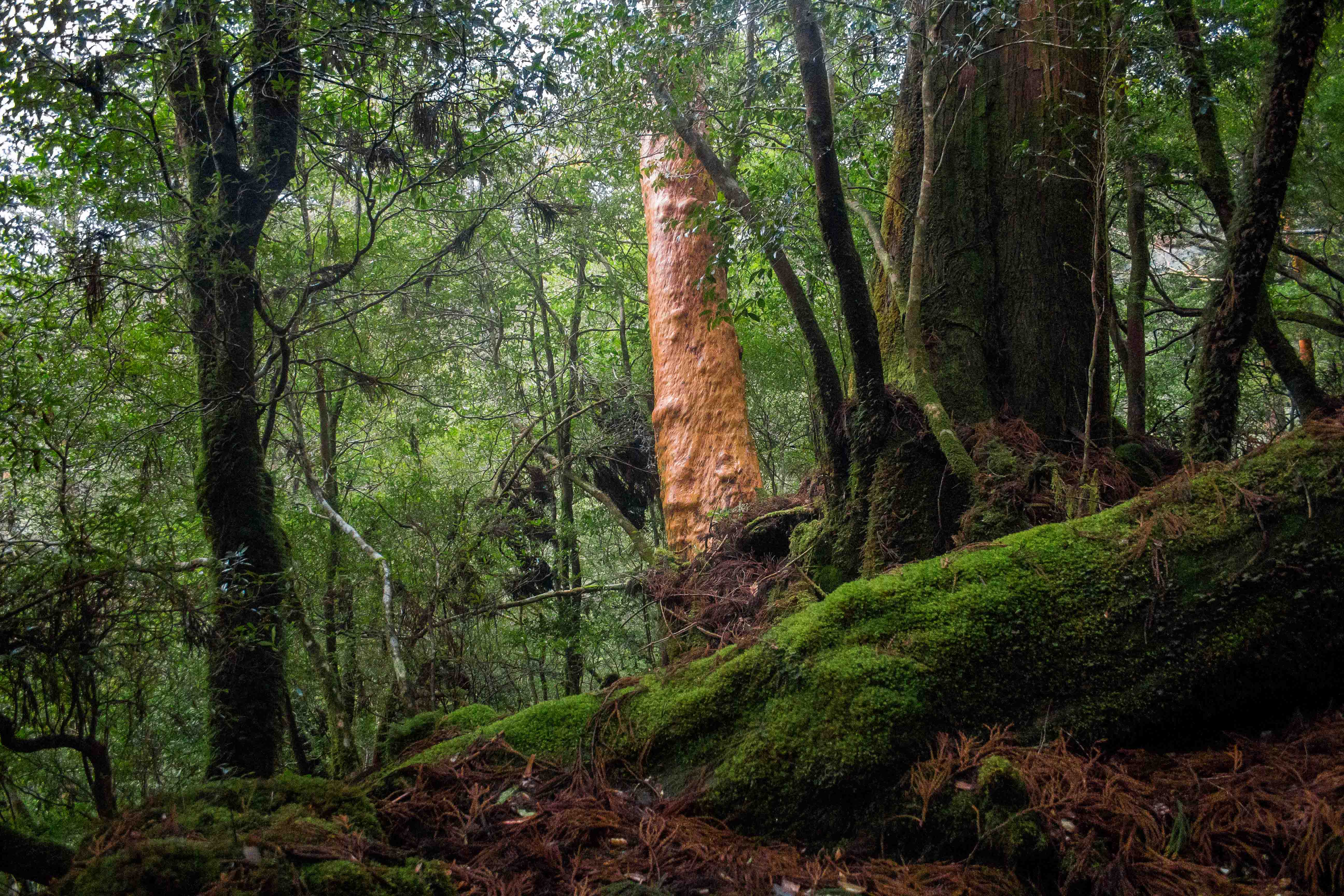
Despite being just 504.9 km² (5435 ft²) in size, Yakushima boasts six mountains that exceed 1,800 m (5905 ft) in height – a rare characteristic for its latitude – and a rich ecosystem that includes 1,900 tree, 16 mammal and 150 bird species. Mount Miyanoura (1.935 m) at its center is the highest peak in Kyushu.
These unique qualities earned Yakushima a UNESCO World Heritage Site inscription in 1993. The island is also protected under the designations of Yakushima Wilderness Area, Yakushima National Park, Special Natural Monument and Yakushima Forest Ecosystem Reserve.
The forests on Yakushima are considered the best remaining in all of East Asia and contain some of Japan’s, and the world’s, oldest trees. One of the most accessible places to see these ancient cedars is Yakushima Land, where we decided to head for the afternoon after arriving at Miyanoura Port.
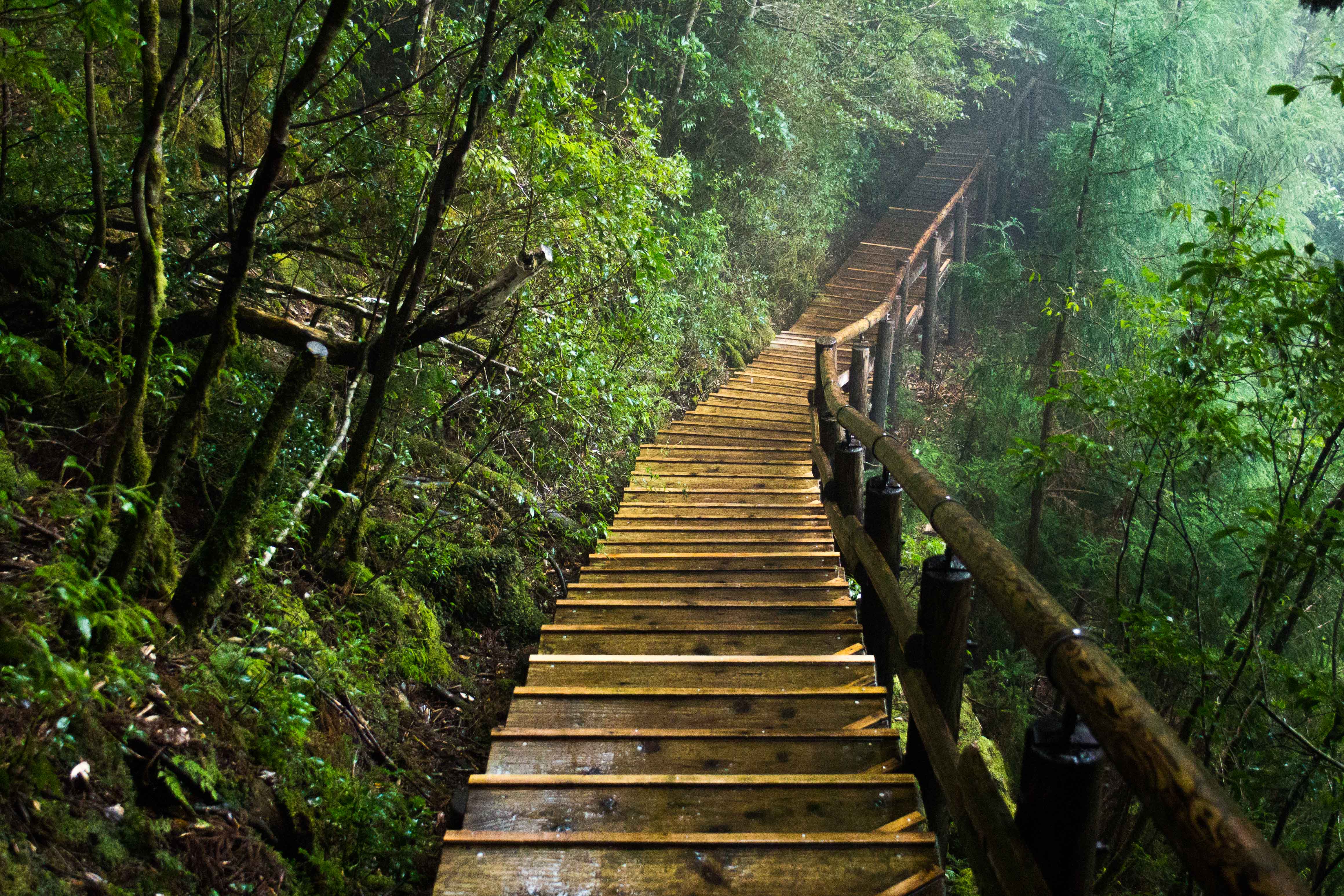
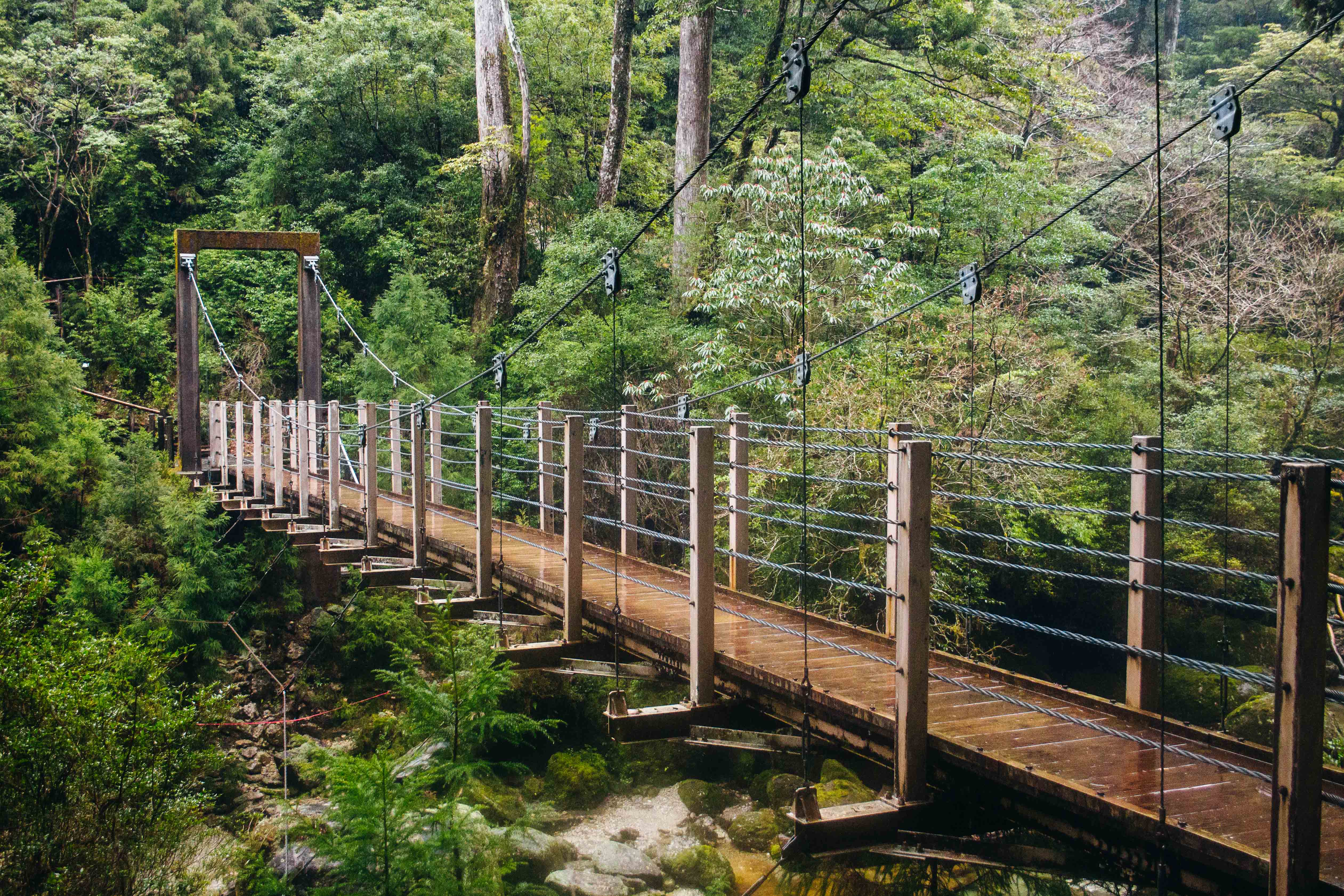
Our first stop, though, was the Environmental Culture Village Center where we picked up a couple of brochures and maps, and bought our bus passes. Yakushima is served by two major companies – Matsubanda (the colourful bus) and Tane Yaku Kotsu (the white bus). The latter offers passes that allow unlimited rides for the days purchased and come with a 100円discount ticket than can be redeemed at one of three tourist attractions.
Just as we stepped out of the building, it began to drizzle. I smiled to myself as splashing droplets turned the ink of our new pamphlets into tiny, colorful dams; the locals are only half-joking when they say it rains here 35 days a month.
We decided to grab a quick bite to eat before heading off at the Tourism Center across the road. The lunch sets at the second-floor restaurant average 1,000円 ($9) and contain a range of local specialties, including deep-fried fly fish and salt-grilled mackerel. You can also buy bento (lunch boxes) here to take with on the hiking trails and use the internet for 500円/30 minutes.
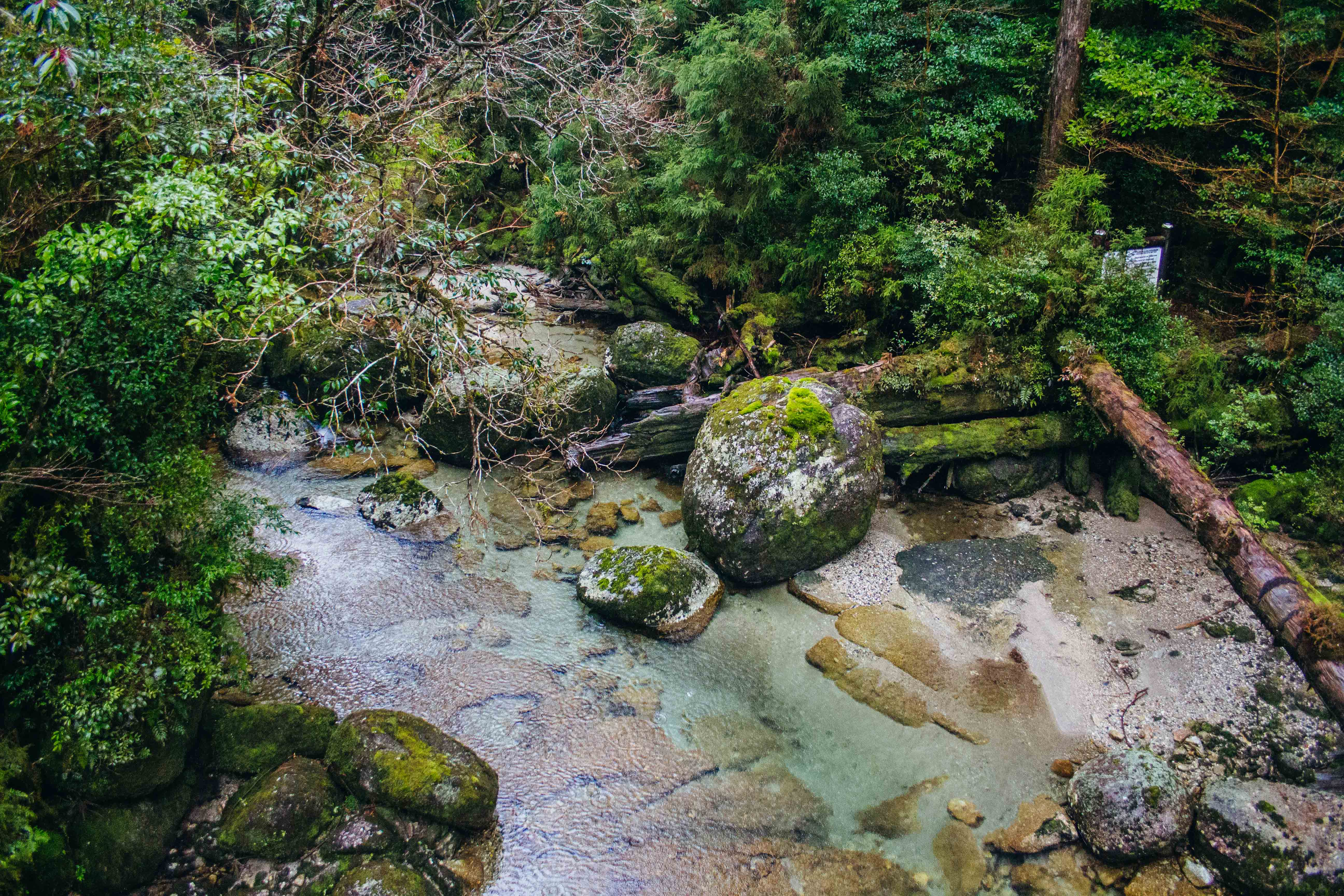
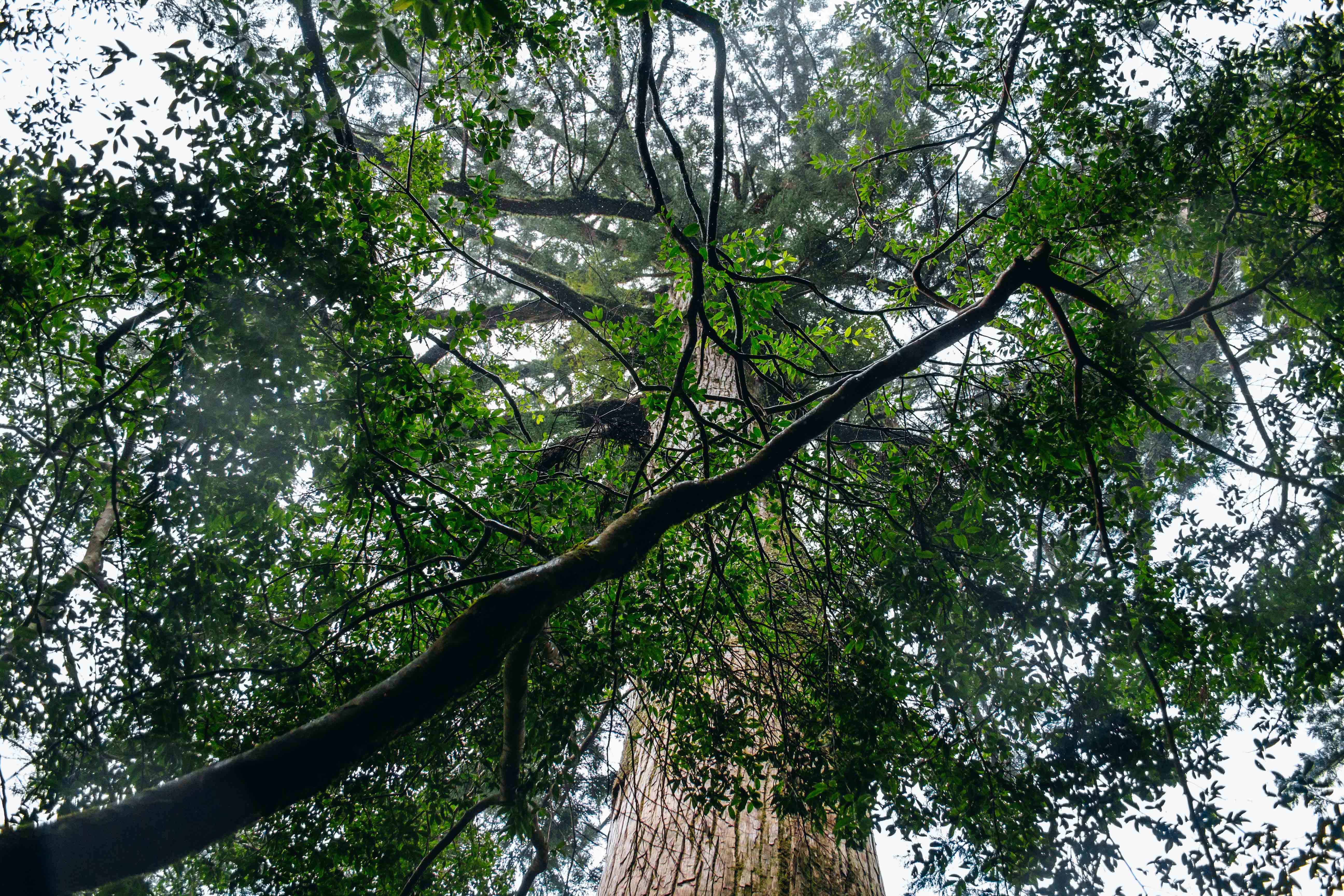
The information area on the first floor offers a range of services, including help with planning sightseeing and hiking trips, information on the latest weather and tide reports, and the rental of climbing and other outdoor equipment.
The adjacent souvenir store is the largest on the island and sells a variety of local products and omiyage. We chucked our bags into the row of lockers outside the entrance (500円) and crossed the road to catch our bus.
Yakusugi Land is a 270-hectare nature park high up in the mountains that is populated by a variety of cedar, conifer and ash trees. If you’re lucky, you might also spot a yakuzaru monkey or a yakushika deer, both of which are endemic to the island.

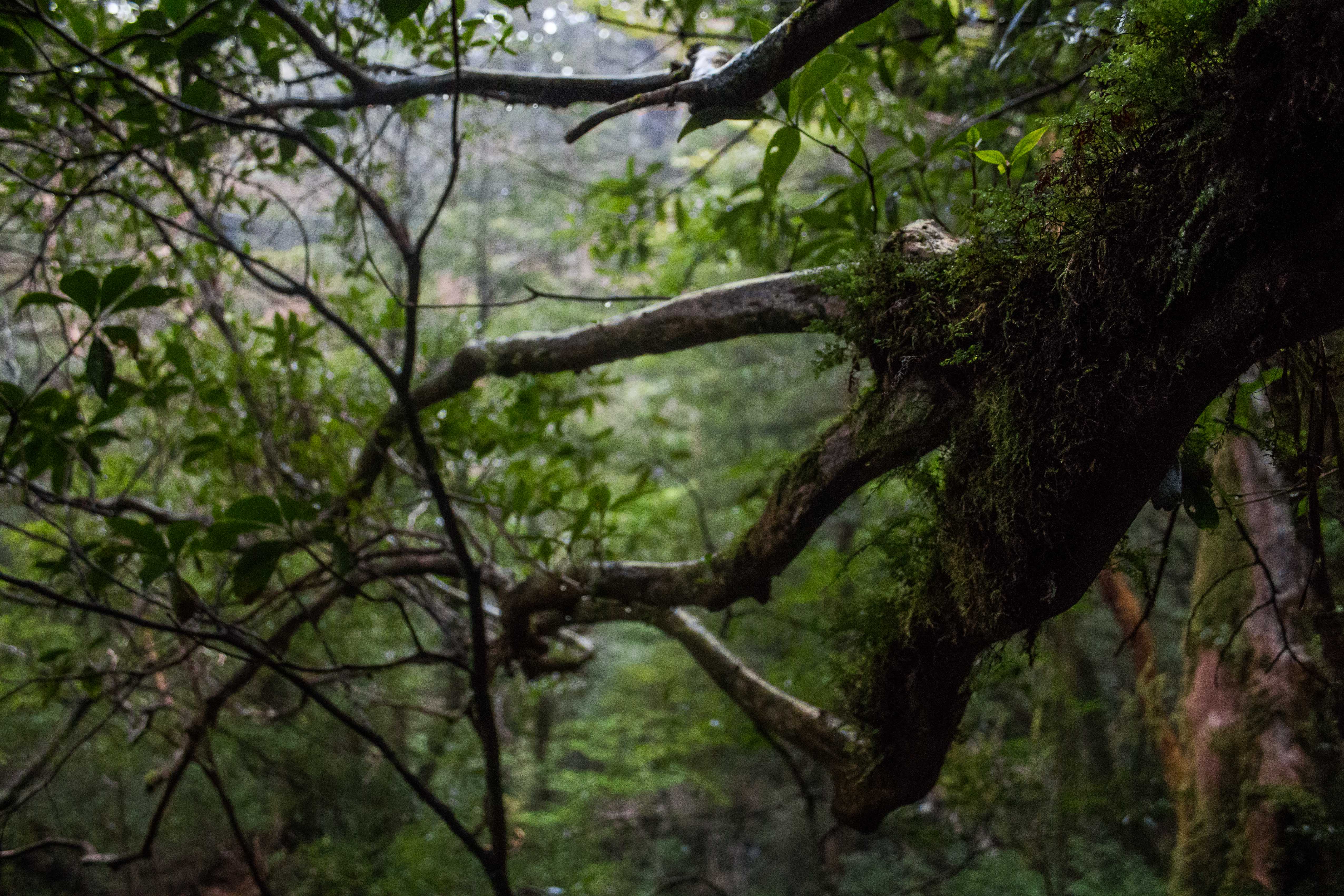
As there are only two buses that run from Anbo to the park and back a day, we were limited to walking the 30-minute course, although there are three others to choose from if you have the time. The Fureaino Michi trail is well-paved for the rain and circuits plenty of highlight spots, including the Kugurisugi and Futagosugi cedars, whose trunks are several meters in circumference. It costs 300円 to enter the park regardless of which trail you choose; the money goes towards conservation and maintenance.
At the Sinsen Rest House, across the road from the park’s entrance, you can purchase Yakusugi handcrafts which are not available anywhere else, or enjoy the panoramic view of the forest below from the second-storey rest area.
By the time we got back to the Tourism Center, it was about time to check into our accommodation for the night. We collected our bags and walked a bit of the way towards Minshuku Shiratani Inn, hoping to stop at Mam’s Kitchen for one of her famed burgers. To our dismay, we discovered that the place no longer exists and ended up snacking on kaarage at the local A-Coop instead.
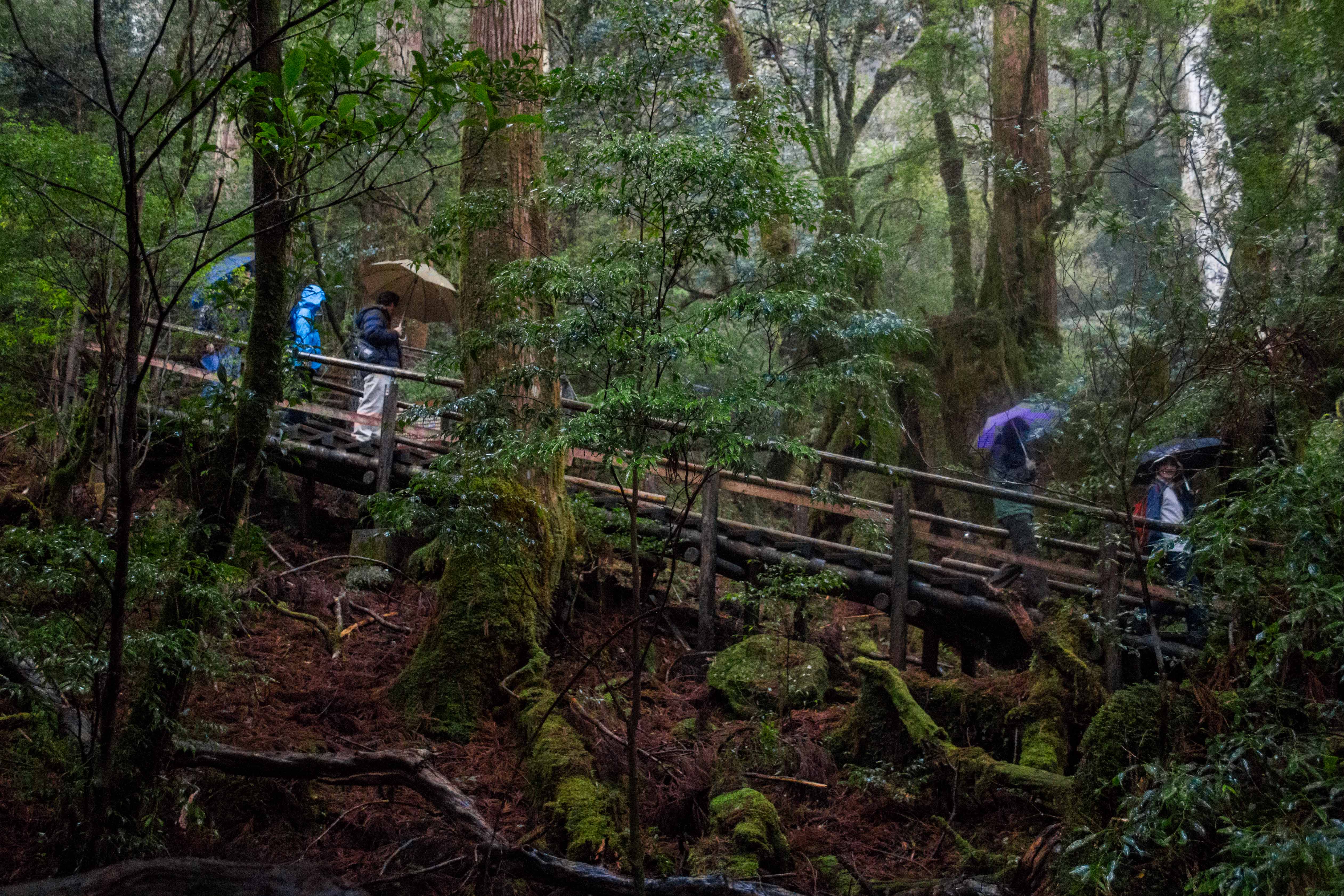
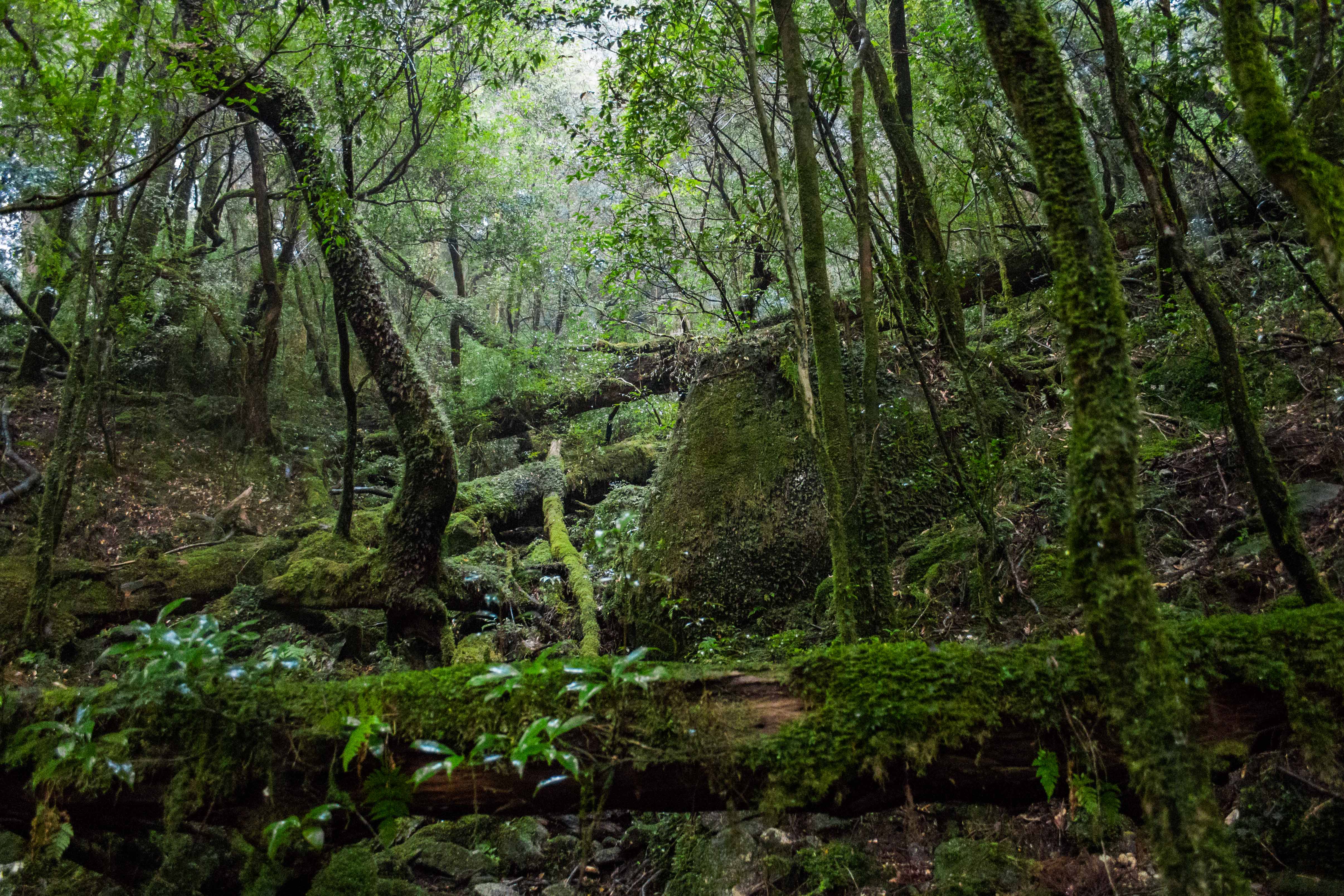
We continued our search for a hearty dinner after settling in at the guest house and stumbled upon the Hitomekuri Kitchen & Wine Bar. The menu includes dishes like venison ramen and mackerel-anchovy pizza, with prices averaging about 1,200円 ($11) per dish. The cafe is also home to Yakushika Smoke deer jerky and showcases other products from local artisans.
After heading back to the inn and warming up with a nice, long bath, it was straight to bed to rest up for the long day of hiking ahead of us.
